6. Lost Highway (1997)
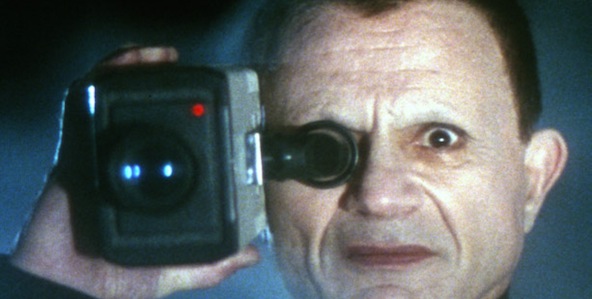
David Lynch’s surreal neo-noir Lost Highway stars Bill Pullman as musician Fred Madison who, while at his house, gets a message through his intercom: “Dick Laurent is dead”. Him and his wife Renee start receiving VHS tapes on their doorstep that gradually get creepier. After meeting a man at a party called The Mystery Man, the husband receives a final tape showing him with his murdered wife next to him. Although he seemingly doesn’t remember this, he is put in prison for murder. At some point in the prison cell the husband turns into another man named Pete Dayton, who has no idea how he got there. He’s released to his parents and returns to work at an auto repair shop where he meets an important man named Mr. Eddy and a woman, Alice, who is a doppelganger of the previously mentioned murdered wife. Curious to learn more about Alice, Pete falls into a web of mysterious and inexplicable events that unfold and bring the story back to the very start.
Much of the second half of the film is inexplicable – full of doppelgangers, violence, unknown motives, and sudden disappearances. Fred says early in the film, “I like to remember things my own way… how I remember them, not necessarily how they happened”. Throughout the film, false memories and dreams infiltrate reality. The action is coupled with an aggressive and overwhelming soundtrack, and bright lights shock you as you’re pulled back and forth between different places in space and time. A good rule for this film and for all Lynch films: Don’t try to understand it, just let it engulf you.
7. The Man Who Sleeps (1974)
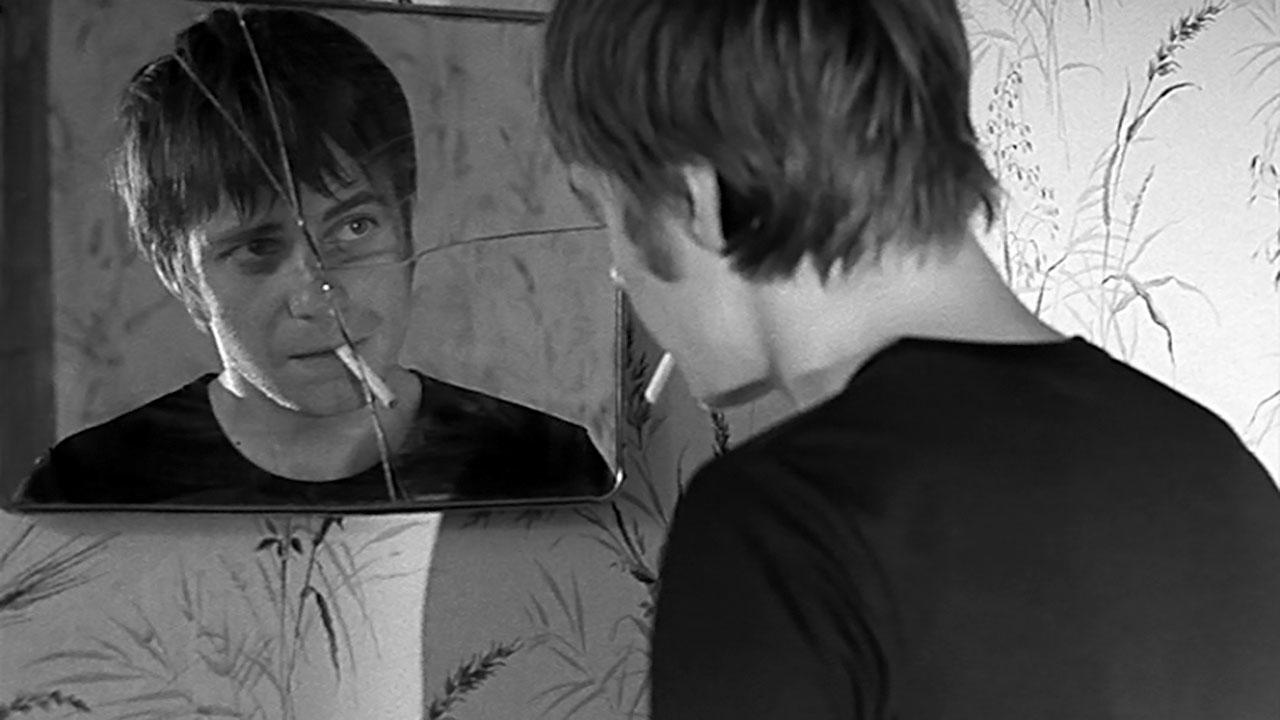
The Man Who Sleeps does a lot with very little: there’s no real story, no events, no dialogue – only various images, often containing the same man, a hypnotic voice-over, and ambient sounds. The narrator refers to “you”, involving the audience in the slow descent into isolation from society. The isolation is not physical, but emotional – “you” continue to go outside and walk around the city, but you stop communicating with anyone, you cease almost all participation in the economy except to eat and buy cigarettes or maybe a bus pass, you have no obligations except to your body to eat and sleep. This is good for a while, but eventually “you” start to notice the other people doing the same exact thing, and your structure begins to fall apart. “You” are a rat in a maze, and while before you were content being left there, now you want to get out, but there is no way.
This descent into madness and paranoia becomes increasingly dizzying and surreal as it goes on. The narration speeds up and begins to sound anxious and rushed – any moments of silence seem like a pause you need to hold your breath for. Even with such effective use of sound and image, the most impressive aspect of the film is how timeless its themes are. It is an experience that will likely always feel true.
8. The Third Part of the Night (1971)
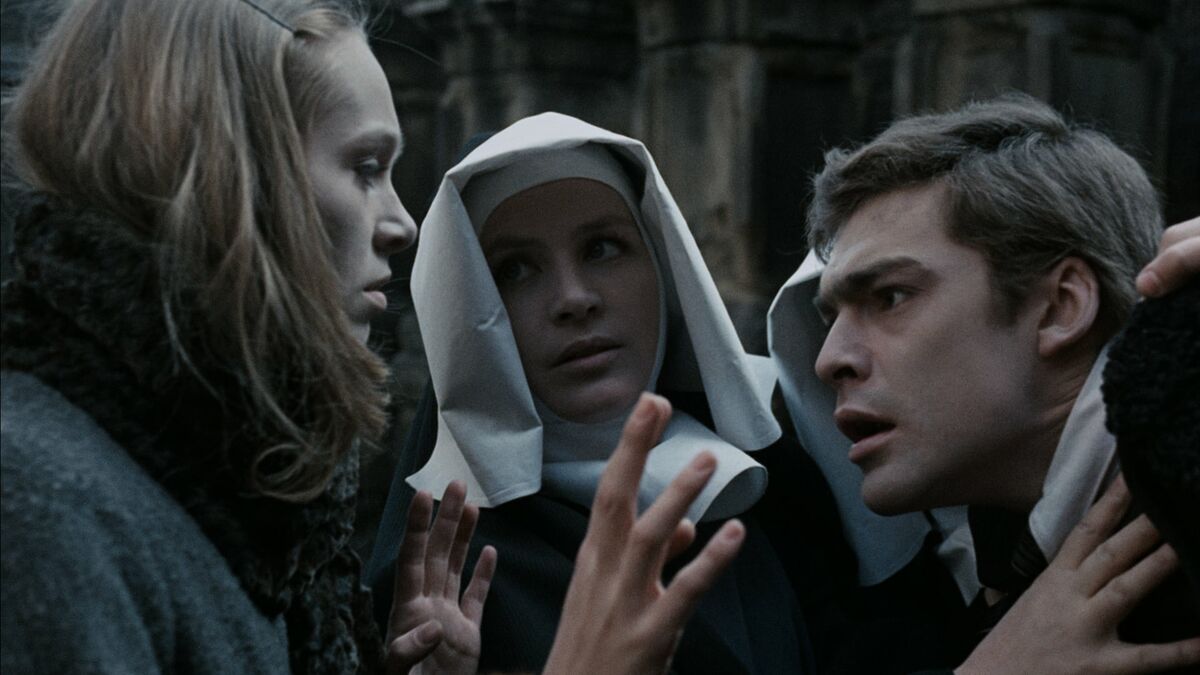
Andrzej Żuławski’s (Possession, The Devil) debut feature is a nightmarish thriller set in Nazi-occupied Poland during World War II. The story is loosely based on the experiences of Żuławski’s father Miroslaw Żuławski (who co-wrote the film) as a member of the Polish resistance movement and as an employee at the Weigel Institute, where the method of producing a typhus vaccine using lice fed with human blood was developed. The Third Part of the Night follows Michal, a young man who has just witnessed his family being killed, as he navigates the deserted and labyrinthian streets of his city, trying to find meaning and a way out of the horror he’s living in. He continuously encounters and seeks out a woman who he believes looks just like his wife (though others say the similarity is his imagination), and takes care of her with the rations and vaccines he receives from his work as a lice feeder.
When Michal first returns to the city, the visions he experiences of his wife and child seem to be easily distinguishable from reality, but as his panic and exposure to traumatic events heightens over time, it becomes increasingly difficult to follow what is real and what is just his perception. Żuławski is relentless in his depictions of violence by the Nazis and the psychological horror of living under occupation. It feels like no matter how far you run, you still have to keep running.
9. The Cremator (1969)
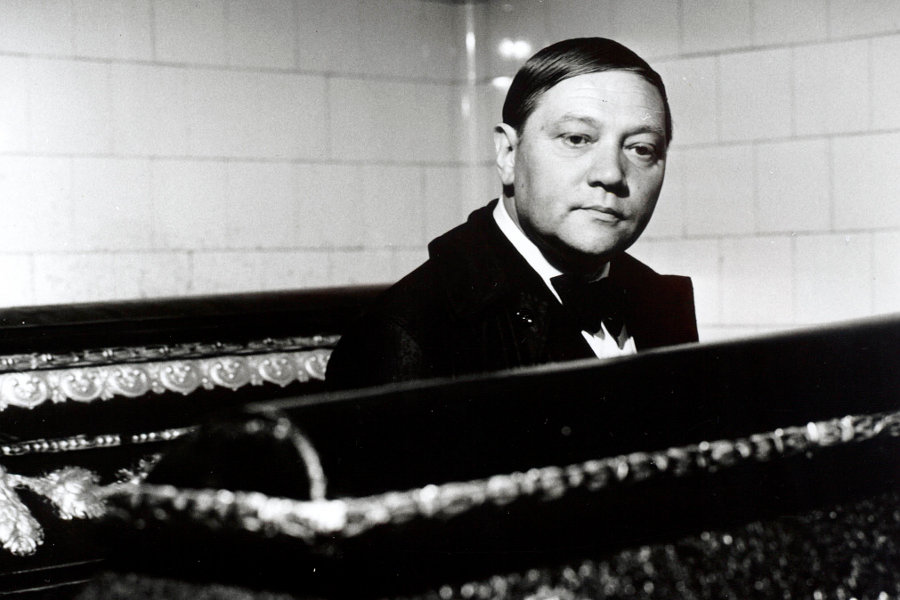
The Cremator, a Czechoslovak thriller/dark comedy, takes place after the German occupation of the Czech lands in the late 1930s. Karel Kopfrkingl is the titular cremator, and he holds a strong belief that his work helps liberate the souls of the dead. At a gathering, Kopfrkingl meets a former soldier who attempts to recruit him to support Adolf Hitler. Kopfrkingl warms to this idea over time, and starts to take orders from the soldier, including a request that he separate from his wife. He submits and kills his wife, then later his son. Following these murders, he has visions of himself as various holy figures of eastern religions. Kopfrkingl is given a higher ranking as an operator of gas chambers for the Nazi party, which he is overjoyed about.
The surrealism pours through in Kopfrkingl’s visions and the imagery used, which chronicle the delusional madness Kopfrkingl descends to as he conforms to the expectations of those in power in order to survive. The director Juraj Herz was a survivor of the holocaust, and had been imprisoned in a concentration camp as a child, making the film a hauntingly personal and striking story.
10. Woman in the Dunes (1964)
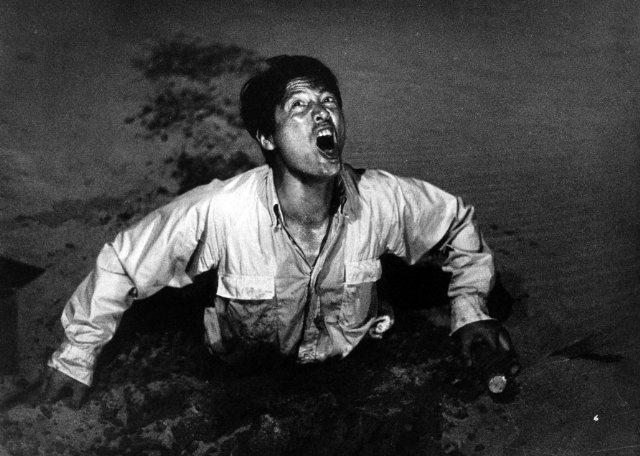
Woman in the Dunes, a haunting drama/thriller directed by Hiroshi Teshigahara, starts off unassumingly – an entomologist goes on an expedition to look for insects and misses his bus back. He decides to stay in the beach village, at a house at the bottom of a dune inhabited by a widowed young woman. When the man attempts to leave the next morning, he discovers that he is trapped, and the ladder he used to get down to the house has now been pulled up. It is discovered that the woman’s job is to shovel sand into buckets that others in the village can retrieve by a rope and pulley – now that the man is stuck with her, it becomes his job too. The man and woman enter into an affair, but he still attempts unsuccessfully to escape. His psychological breakdown shifts from fear and claustrophobia to some level of hope once he makes a discovery that could help the village, and may convince them to let him go free.
The film features many stunning and unconventional images of the sand that is constantly present, and that things seem to dissolve in and out of. The cinematography also manages to feel erotic and seductive, despite the struggles of the protagonist that we are witness to. Overall, Teshigahara manages to make a huge impact using very little, and his direction will leave you wanting more from anything you watch after this.